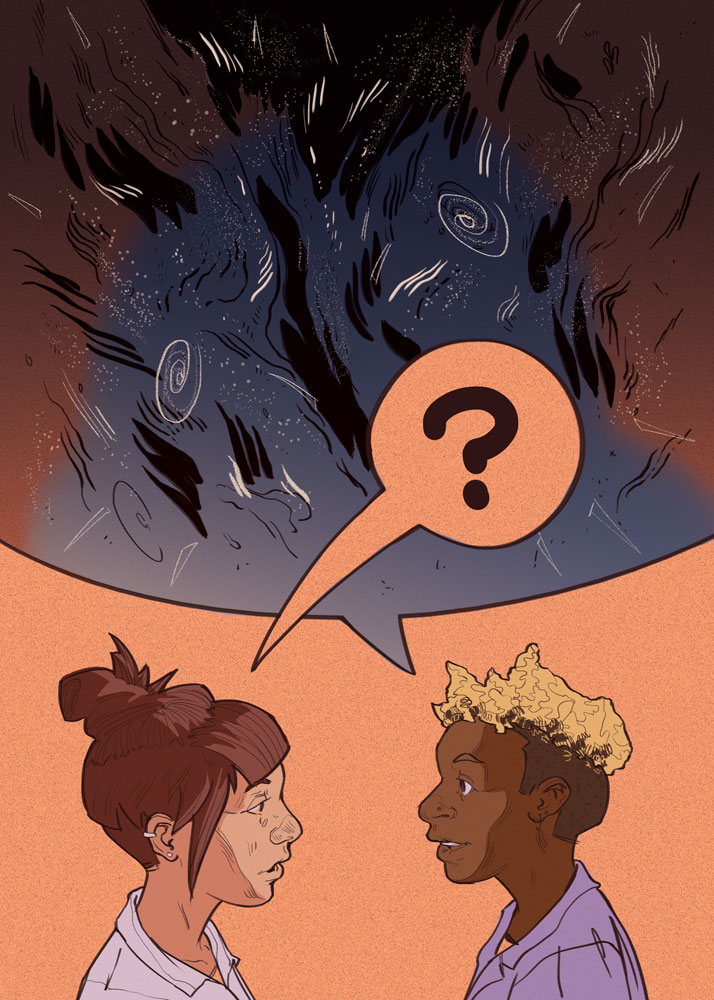Science communication is the process of communicating scientific ideas to those who are not scientists. For those who are in STEM (science, technology, engineering, and math) fields, it may be easy to forget how often science fiction is dressed up as science fact. Many commercials, websites, magazines, and other publications advance their cause by relying on the ignorance of non-scientific readers, throwing around vague or meaningless words that sound important.
The Internet has made it possible for misinformation to go viral. With a click of a button, an article can be shared with thousands of people within a short time period. In this era, it has become more important than ever to educate the general population and increase scientific literacy so that people are able to evaluate information themselves with the basic understanding of scientific concepts.
One of the most significant cases of scientific misinformation is the supposed link between autism and vaccines. In 1998 Andrew Wakefield, a doctor from the United Kingdom, published the result of a study which suggested that the measles, mumps, and rubella vaccine was linked to the occurrence of autism in children.
One of the most important aspects of a scientific claim is the possibility of reproducing the results, a part of a process called the scientific method. Fellow scientists and researchers were not able to reproduce Wakefield’s results, and the legitimacy of the study came into question, among many other issues surrounding the study. Shortly after, Wakefield’s paper was retracted by the Lancet, the scientific journal in which it was inititally published.
In 2007, Jenny McCarthy, a model, appeared on Oprah Winfrey’s TV show to claim that her son had developed autism caused by the measles, mumps, and rubella vaccine. As a celebrity, her claims reached the ears of many parents who chose to believe through anecdotal evidence that there was a link between vaccines and autism, despite no scientific study to date supporting this claim.
Parents who choose not to vaccinate their children are not the enemies of science. They are just well-meaning individuals wanting what is best for their children. However, misinformation reached them first. Vaccinations are now a hotly debated topic, and an issue where good science communication is more important than ever.
Good science communication can be incredibly beneficial and even entertaining. The point of science communication is to gain the interest and attention of non-scientists, a task that can be difficult at times. For children growing up in the 90s, television programs such as The Magic School Bus and Bill Nye the Science Guy taught many scientific concepts while being fun and interesting. Some of the most popular YouTube channels or videos are ones teaching scientific topics in entertaining ways, such as Vsauce, who has over nine million channel subscribers, over 860 million views, and 315 videos on various science topics.
Bill Nye continues to be one of the most prolific science communicators of our time. After his time hosting Bill Nye the Science Guy, he went on to become Bill Nye the Planetary Guy, the CEO of the Planetary Society. The Planetary Society is a non-profit organization aiming to bring together citizens and scientists to advance the human exploration of space. The organization engages in various forms of outreach. One of their biggest and most successful campaigns has been the LightSail KickStarter project.
Through this project, individuals were able to financially contribute to the LightSail mission, giving them the sense of ownership of the mission and the opportunity to participate in citizen science. The success of the LightSail project is evidence that this mission gained the attention of the public, proving their interest in space. The mission itself is innovative and teaches the public about novel technologies that may eventually enable humankind to travel between planets.
Todd Pernerowski, a U of M alumnus and high school physics, math, and computer science teacher, described a discussion with a school administrator, in which the administrator said that they did not consider science to be a core subject.
After the discussion, using science communication to positively influence his students became a greater priority to him.
“Science is the reason why you were able to ride an iron horse to work. It’s the reason why your kids haven’t died of typhoid. The fact that a grown, educated adult couldn’t understand this is a huge driving force behind getting my students to understand how science connects everyone and everything in this universe.” said Pernerowski.
Not everyone wants to be a scientist or an engineer. Nor should everyone want to be. Diversity in expertise and interests is what makes the world a good and more interesting place. However, everyone should have the basic skills needed in order to assess information critically. This is not only important with regards to scientific topics, but to all information. Especially since information is now so easily spread, whether or not it is true.
If you are interested in becoming a science communicator, volunteer for the Manitoban! Contact the Science & Technology Editor, Chantelle Dubois, by email at [email protected].


